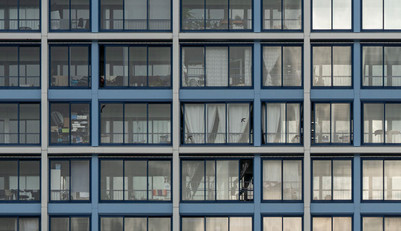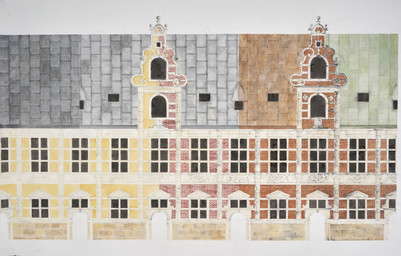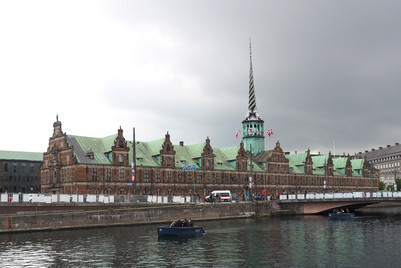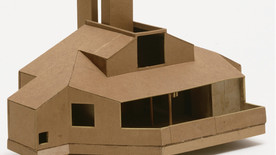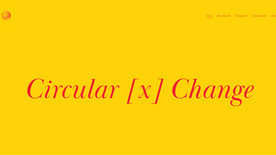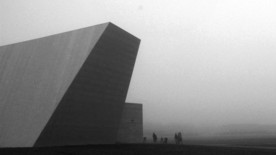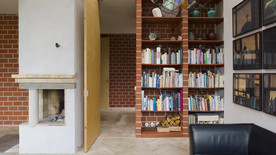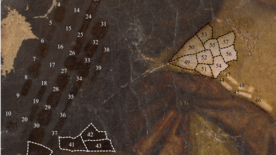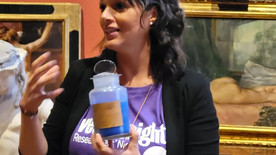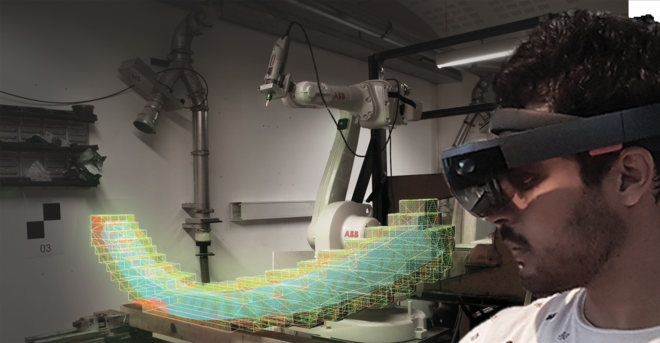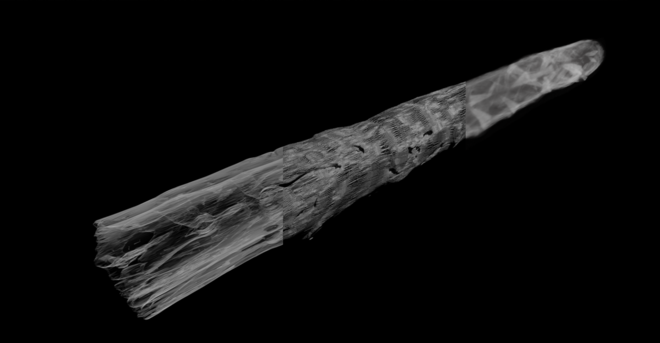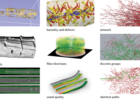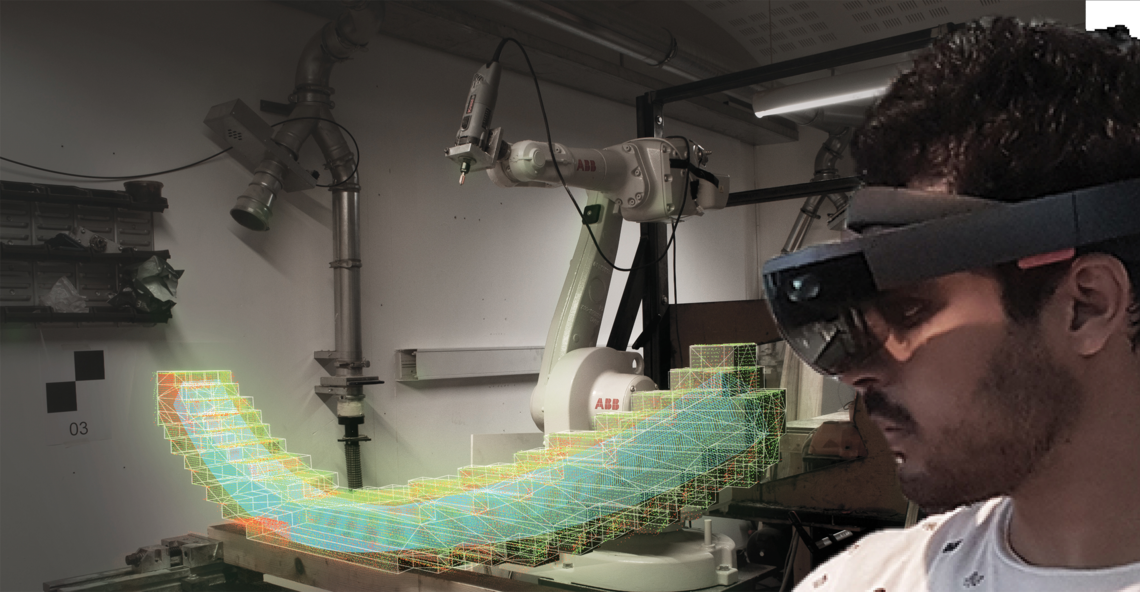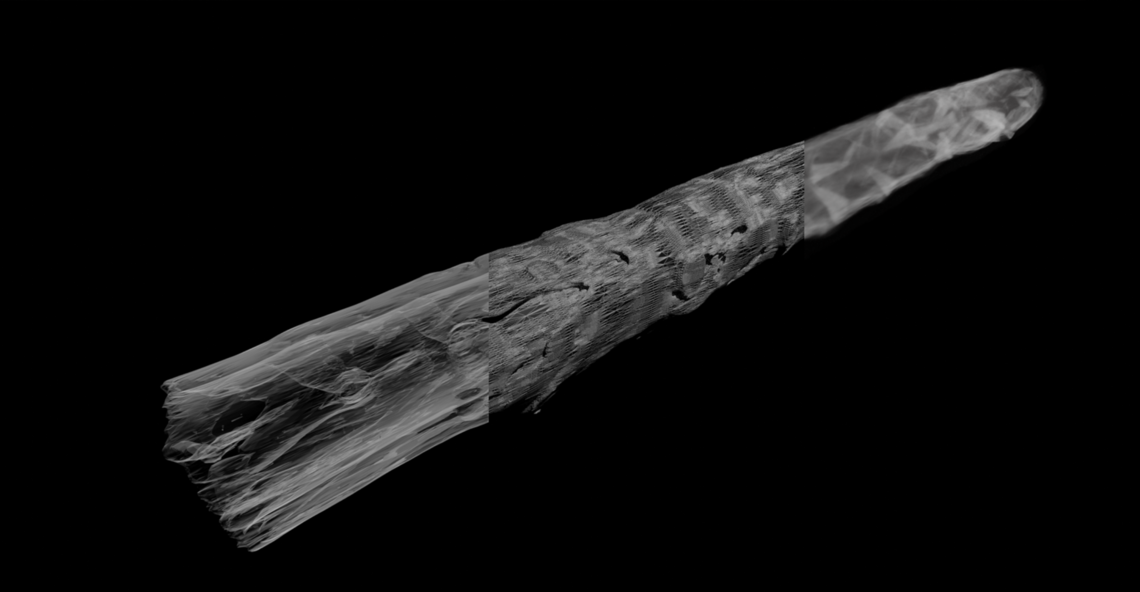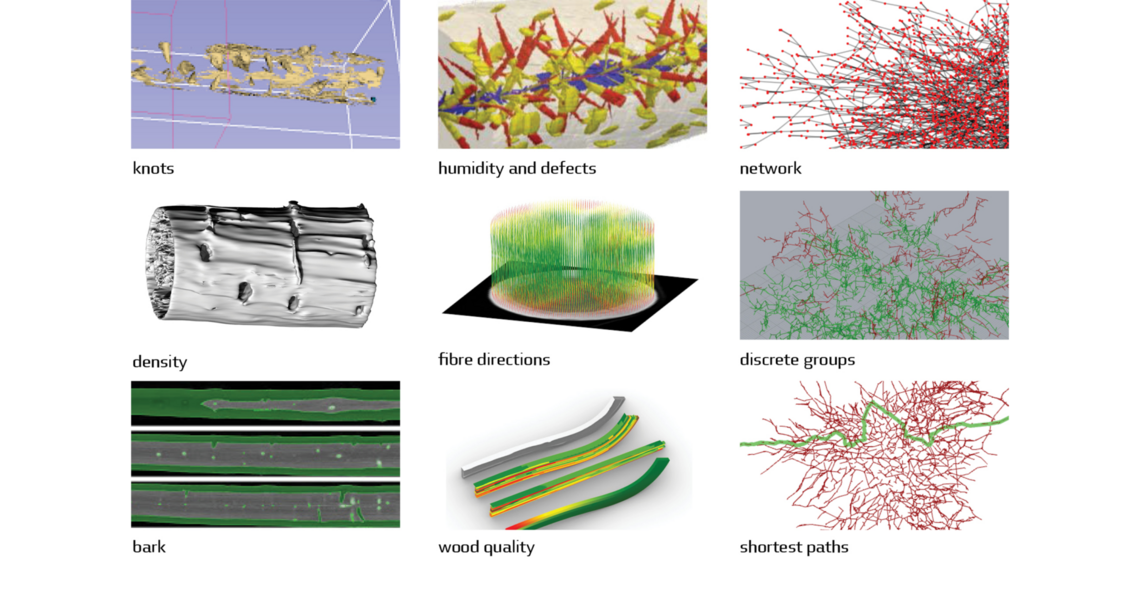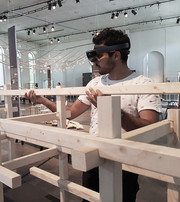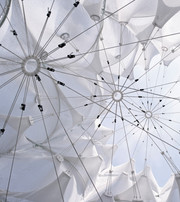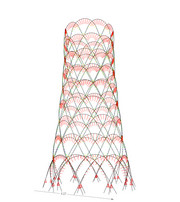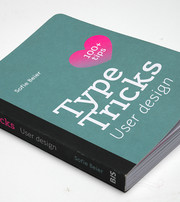
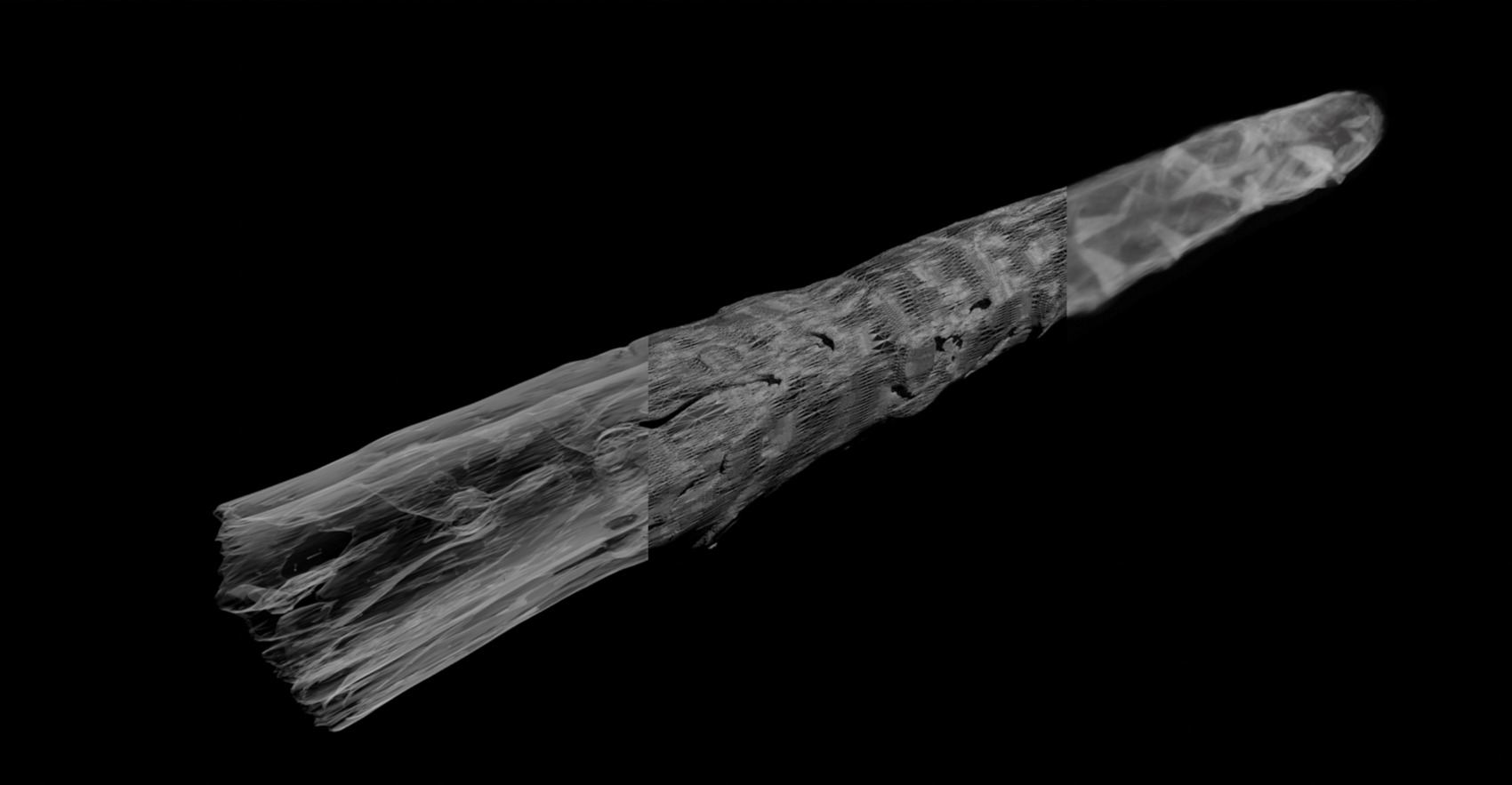
Deep sight 3D visualisation of biomaterials for design
Description
In response to global challenges of resource scarcity, many design practices are turning attention to finding viable and sustainable alternatives to current resource intensive material practices. Particular attention is being focused on bio-based materials – a domain that covers both familiar and established materials (such as timber) and emerging novel materials (such as mycelium composites).
A common characteristic of bio-materials is their heterogeneous and variegated structure. A resource aware design practice needs and wants to engage with these properties. Deepsight provides the ability to observe and design with this interior heterogeneity and provides a deep reservoir of creative and technical innovation potential across a broad range of design fields. Already existing methods for non-intrusively acquiring 3d data of complex biological structures include Computed Tomography (CT) scanning, Confocal microscopy and Magnetic Resonance Imaging (MRI).
However, the datasets produced by these approaches require complex processing and segmentation before quantitative and qualitative information can be extracted and tailored to the specific needs of projects, which DeepSight aims to circumvent. DeepSight creates a framework which allows interfacing between commonly used design programming platforms, such as Python and Grasshopper, with tools for processing volumetric image data.
Drawing upon expertise and active research projects across the Royal Danish Academy that target bio-materials and together with external partners who provide data acquisition facilities & resources the core contribution of DeepSight is an accessible framework, usable across practices and disciplines, without the need for expert knowledge in biological imaging processes and practices and suitable for a range of display technologies, from screen to AR devices. This will contribute to capacity building of visualisation techniques at the Royal Danish Academy with a specific focus on 3d volumetric data visualisation.




